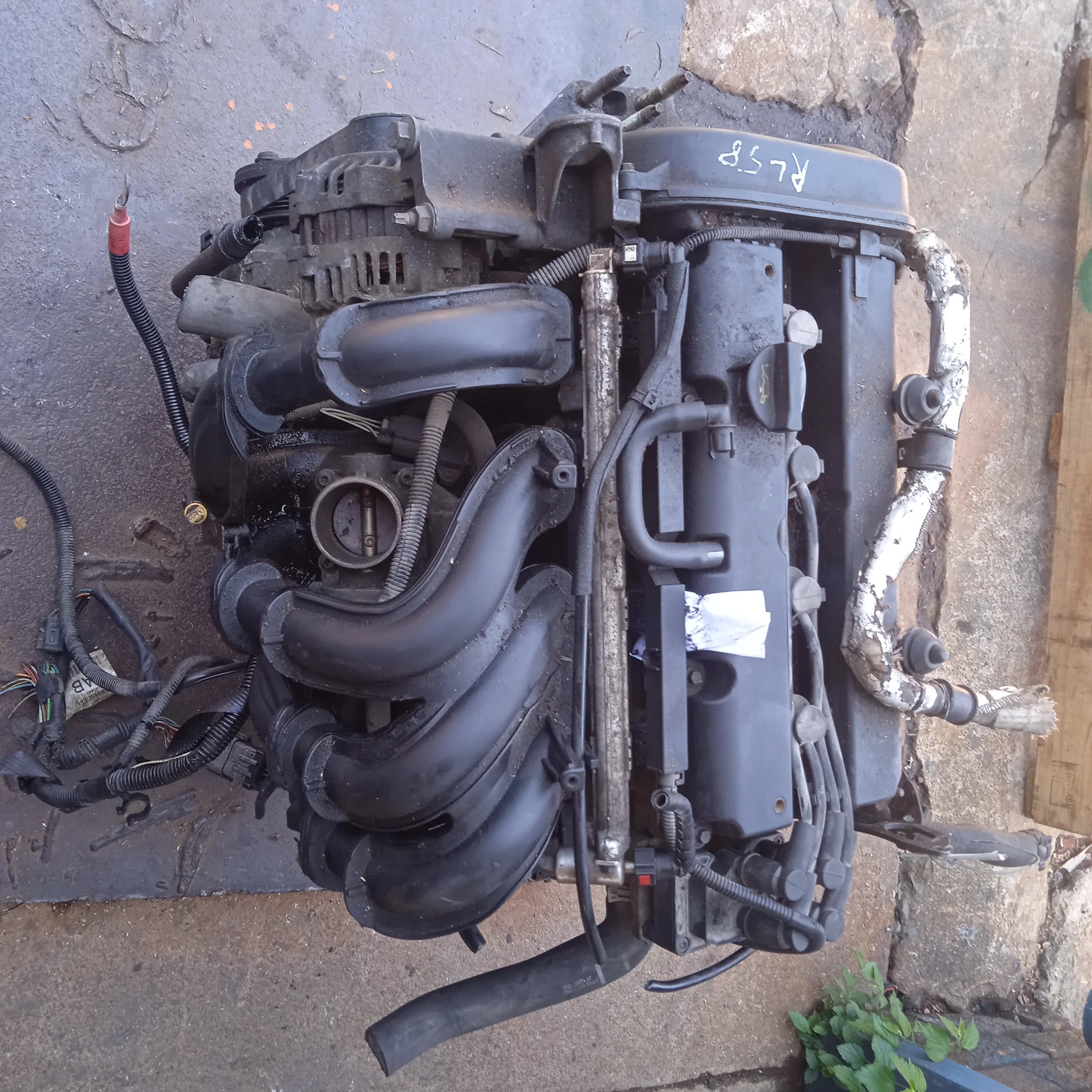Checking Out the Evolution of Engines: From Classic Styles to Modern Marvels
From the initial vapor engines that powered the Industrial Transformation to the introduction of internal combustion engines that changed wheelchair, each phase has actually contributed to greater performance and ability. As we examine these turning points, one should consider exactly how the future of engine layout may unravel, challenging our understandings of power and performance.
The Birth of Engine Modern Technology
The advent of engine technology marked a pivotal moment in human technology, transforming power conversion and transportation. The earliest engines emerged from the need to harness mechanical power for useful usage, leading to the growth of tools that transformed different power kinds right into activity (ford fiesta engine).
The advancement of the inner combustion engine and the creation of the heavy steam engine militarized a profound shift in industrial capabilities. These engines not only improved efficiency but additionally expanded the extent of human flexibility, enabling unprecedented transportation opportunities. The very early prototypes prepared for the mechanized world, facilitating the rise of industries and improving social structures.
As engine designs developed, they incorporated cutting-edge products and progressed engineering principles, leading the way for modern-day growths - ford fiesta engine. The birth of engine innovation fired up an unrelenting quest of effectiveness and power, setting the phase for the dynamic evolution of transport and industrial equipment that would follow
Steam Engines and Their Influence

The heavy steam engine's influence was especially evident in the transport sector (ford fiesta engine). Steam-powered locomotives helped with the rapid activity of products and people throughout vast ranges, properly diminishing the geographical obstacles that had previously prevented profession and communication. Steamships reinvented naval travel, permitting for quicker and a lot more reliable crossings of seas and rivers.
In sector, vapor engines powered factories, making it possible for mass manufacturing and the surge of city facilities as hubs of economic activity. Steam technology promoted technologies in engineering and production procedures, laying the foundation for future innovations in engine design.
The Surge of Interior Burning
Frequently eclipsing heavy steam power, the surge of inner burning engines marked a transformative change in transport and sector throughout the late 19th and very early 20th centuries. The advancement of these engines, identified by their capacity to shed fuel within the engine itself, made it possible for greater efficiency and power contrasted to typical vapor engines. Pioneering innovators such as Nikolaus Otto and Rudolf Diesel played important duties in improving engine layouts, resulting in widespread fostering in cars, boats, and commercial machinery.
The internal burning engine's small size and reasonably lightweight nature helped with the appearance of individual cars, transforming individual movement and reshaping city landscapes. By allowing faster travel and the efficient transport of items, these engines catalyzed financial development and cultivated globalization. The adaptability of fuel alternatives, including gas and diesel, even more enhanced their charm, allowing for diverse applications throughout different sectors.
In spite of the ecological worries that would later arise, the preliminary have a peek here allure of inner combustion innovation stocked its transformative possibility. As society welcomed this advancement, the structure was laid for modern-day transportation systems, developing inner burning engines as a foundation of commercial development and life throughout the 20th century.
Improvements in Engine Effectiveness
As inner combustion engines became important to transport and market, the focus shifted towards boosting their efficiency to satisfy expanding demands for performance and sustainability. Innovations in engine style, product science, and technology have substantially added to this development.
One significant advancement is the development of turbocharging, which enables for boosted air intake, causing even more full gas burning and improved power output without expanding engine size. In addition, variable shutoff timing systems have actually been carried out to maximize engine performance throughout various RPM arrays, therefore enhancing gas efficiency.
The utilization of read here sophisticated fuel injection innovations, such as straight injection, has additionally played a vital duty. This technique enables for more accurate control over the fuel-air blend, promoting much better combustion and reducing exhausts. Light-weight products, including aluminum and composite parts, have actually been adopted to lower general engine weight, leading to improved effectiveness.
These improvements mirror a wider trend within the automotive industry, where the synergy between design advancement and environmental considerations drives the ongoing pursuit for greater effectiveness in interior burning engines. Therefore, contemporary engines are now much more powerful, cleaner, and effective than ever, paving the way for an extra sustainable future in transport.
The Shift to Electric Power
With growing worries over environmental influence and fossil fuel reliance, the automobile sector is experiencing a substantial shift towards electric power. This change is driven by a combination of technical improvements, regulatory stress, and transforming consumer preferences. Electric lorries (EVs) provide an engaging alternative to traditional inner combustion engines, boasting lowered greenhouse gas discharges and lower operating expense.
The surge of battery technology has been a video game changer, with lithium-ion batteries becoming more affordable and efficient. Improved power thickness and faster billing capabilities have actually made EVs extra useful for day-to-day use. Moreover, governments worldwide are carrying out incentives and establishing enthusiastic targets for eliminating nonrenewable fuel source automobiles, therefore speeding up the fostering of electrical power.
Significant car manufacturers are spending heavily in r & d, resulting in the introduction of a diverse series of electrical designs. This includes not only automobile but also commercial cars and public transportation options. As charging facilities expands and battery modern technology continues to boost, the change to electric power is poised to improve the automotive landscape, advertising sustainability and innovation in the years ahead. The future of transport is electric, and the energy is indisputable.
Final Thought
The evolution of engine technology stands for a substantial trajectory of advancement that has actually exceptionally influenced transportation and market. From the fundamental steam engines to the transformative internal burning engines, each development has added to improved movement and economic development.
